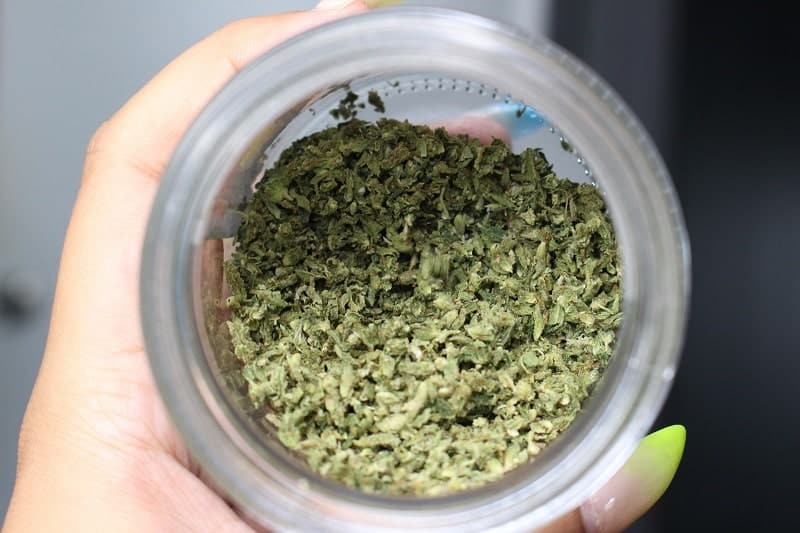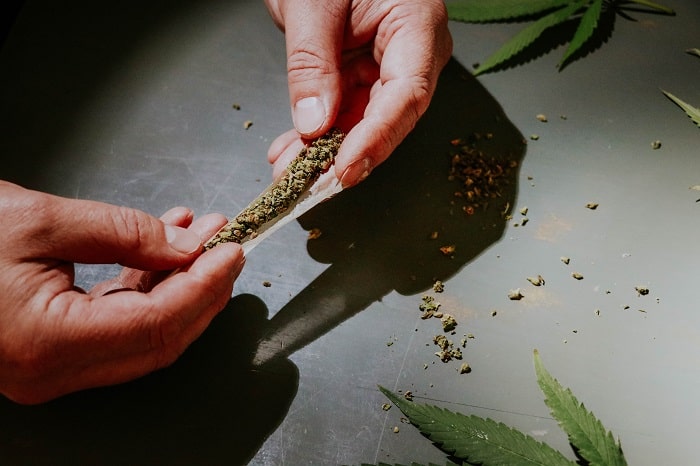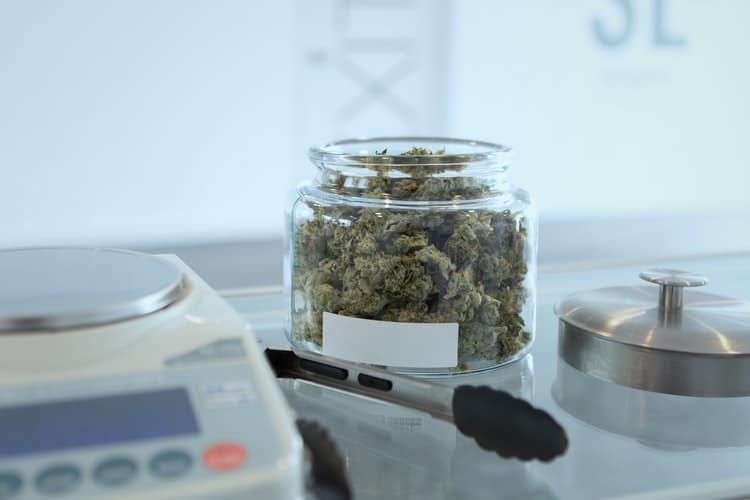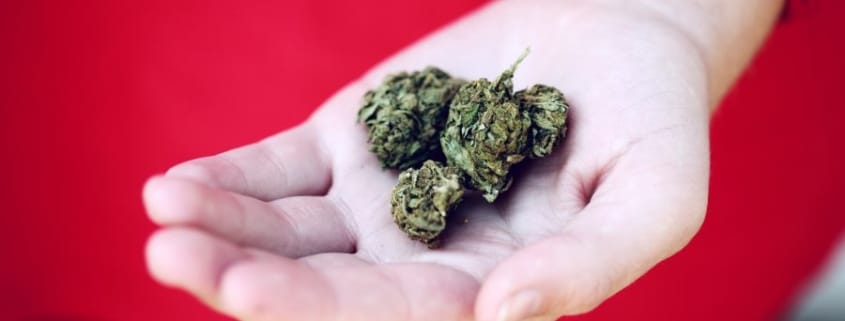How Many Grams Are in an Ounce of Marijuana
Are you curious about the relationship between grams and ounces when measuring marijuana?
Understanding the measurements of marijuana can be essential for recreational and medicinal users. However, navigating the different measurement units can be confusing, especially regarding grams and ounces.
This article will clarify how many grams in an ounce of marijuana are and why it is essential to know.
How much is a Gram of Marijuana?
A gram of marijuana is a small unit of measurement often used to describe the amount of marijuana you’ll use in a single session. A gram of marijuana can be compared to a small sugar packet or a pinch of salt. It’s enough to fill a single joint or a small bowl in a pipe or bong. A gram of marijuana is also called a “dime bag” in some regions.
If you know various measurements, such as how many grams are in an eight, you can get the exact amount of marijuana you need or prefer.
Ounces
An ounce of marijuana is equivalent to 28 grams, making it much larger than a gram. You can compare an ounce of marijuana to a bag of flour or sugar. An ounce is often referred to as a “zip” or a “zone” in street slang, and it’s a standard unit of measurement when buying or selling more significant quantities of marijuana.
Half-Ounces
A half-ounce of marijuana is equivalent to 14 grams, making it half the size of an ounce. A half-ounce can be compared to a small bag of potatoes or onions. A half-ounce is also known as a “half-zip” or a “half-o” and is a popular size for people who use marijuana frequently but don’t want to buy it in large quantities.

Quarters
A quarter of marijuana is equivalent to 7 grams, making it smaller than a half-ounce. A quarter can be compared to a small bag of candy or chips. A quarter is also known as a “quad” and is a typical size for people who use marijuana occasionally.
Eighths
Are you curious how many grams in an eight is there? It’s equivalent to 3.5 grams, making it the smallest quantity commonly sold in dispensaries or on the street. An eighth can be compared to a single apple or a small bag of popcorn. An eighth, also known as a “slice, ” is a popular size for people who want to try out a new strain without committing to a larger quantity.
Pound
A pound of marijuana is equivalent to 16 ounces. If you are wondering how many grams in a pound is that? It’s 448 grams, making it a massive quantity that’s typically only purchased by dispensaries or growers. A pound can be compared to a large bag of potatoes or onions. A pound is also known as a “QP” or a “QP pound” in street slang and is a standard size for people looking to buy in bulk.
Kilogram
A kilogram of marijuana is equivalent to 1,000 grams, making it the largest quantity of marijuana that’s commonly sold. A kilogram can be compared to a small bag of dog food or a large watermelon. A kilogram is also known as a “kilo” or a “brick” in street slang and is typically only purchased by large-scale growers or distributors.
Visit Canna Clinic, the best Torrance dispensary, and get the proper dosage of marijuana products for your recreational or medical use.

Why Is Knowing How Many Grams in an Ounce of Marijuana Important?
There are several reasons why knowing how many grams in an ounce of marijuana is essential. Here are a few:
1. To ensure you get what you paid for
Do you know how many grams in a pound? When buying marijuana, you want to get what you paid for. Knowing the amount of marijuana you purchase will help you know if you are getting your money’s worth.
2. To determine the potency
Different strains of marijuana have different levels of potency. Knowing the amount of marijuana you are using will help you determine the potency and adjust your intake accordingly.
3. To avoid overconsumption
Overconsumption of marijuana can lead to adverse effects. Knowing how many grams in an ounce of marijuana will help you regulate your consumption and avoid overdoing it.
4. To determine the appropriate dosage for medical use
Medical marijuana alleviates symptoms of certain medical conditions. Knowing the appropriate dosage for your condition will help you get the most out of your treatment. It also helps in getting the correct edibles dosing your body can tolerate.

How to Weigh Cannabis Without a Scale
1. Use a coin
A nickel weighs approximately five grams, while a dime weighs approximately two grams. Place the coin on one side of a baggie and the marijuana on the other. This will give you a rough estimate of the amount of marijuana you have.
2. Use a ruler
A standard ruler is approximately 30 centimeters long. If you place a one-gram nugget of marijuana on the ruler, it will measure about 3 centimeters. You can use these cannabis measurements to estimate the weight of your marijuana.
3. Use a food scale
While not as accurate as a scale designed for weighing marijuana, a food scale can give you a rough estimate of the amount of marijuana you have. Place the marijuana on the food scale and note the weight.
How to Buy the Right Amount of Marijuana for You
1. Determine your tolerance level
Everyone has a different tolerance level when it comes to marijuana. If you are a beginner, start with a small amount and work your way up.
2. Know the potency of the strain
Different strains of marijuana have different levels of potency. Knowing the potency of the strain you are buying will help you determine the appropriate amount.
3. Find out the purpose of your use
Are you using marijuana for medicinal or recreational purposes? Knowing the purpose of your use will help you determine the appropriate amount to buy.
4. Know the measurement system
Different countries use different cannabis measurements. In the United States, marijuana is measured in ounces, grams, and eighths (1/8 of an ounce). Knowing the measurement system will help you determine the appropriate amount to buy.
If you want to get the best marijuana products or have questions regarding cannabis in general, don’t hesitate to contact us.
Understanding how many grams are in an ounce of marijuana is crucial for anyone looking to buy or sell cannabis. It is also important to be familiar with these measurements to ensure you receive the correct dosage and are not at risk of consuming too much or too little.





